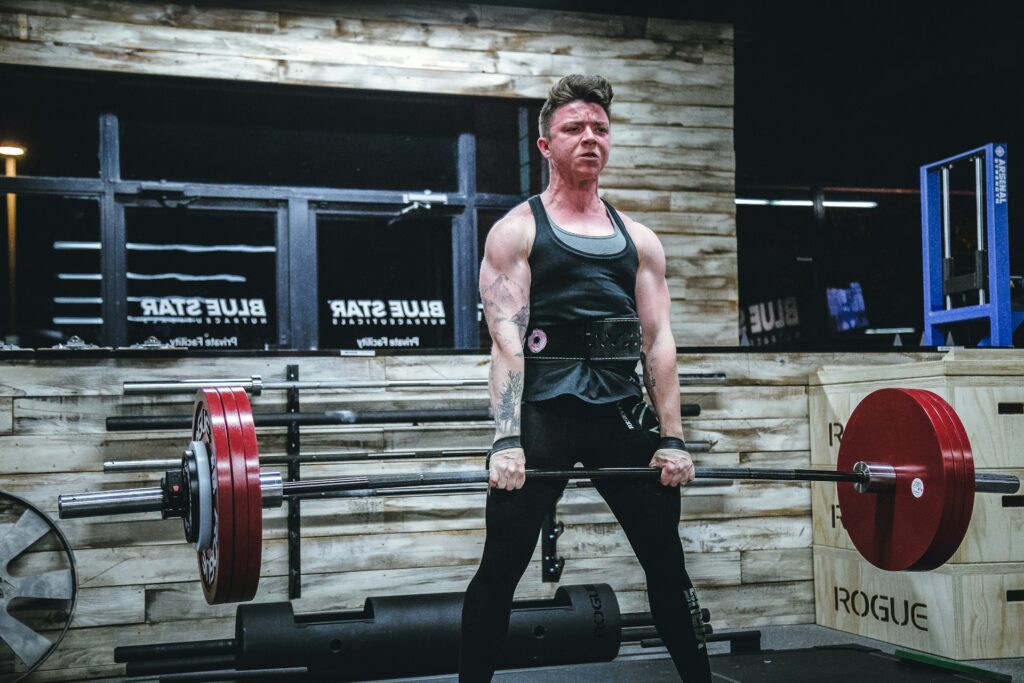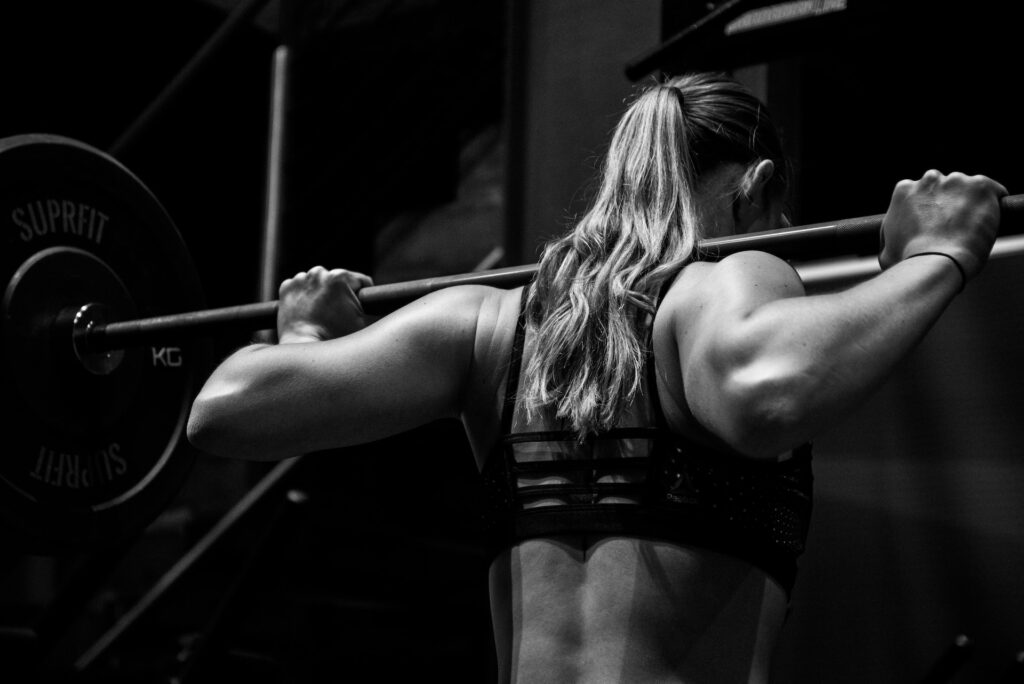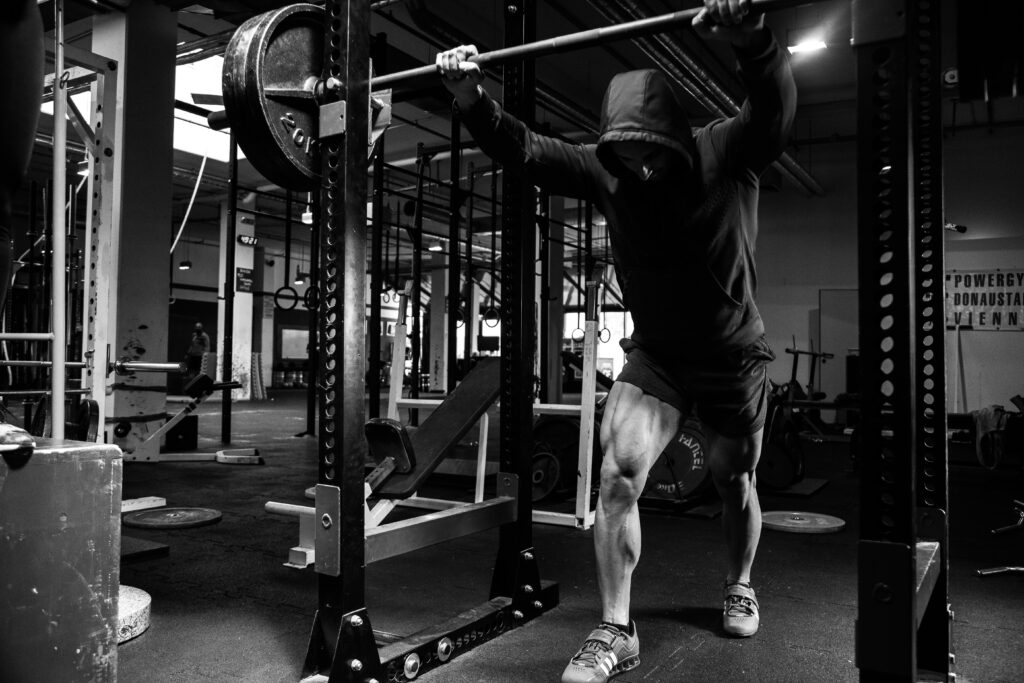Introduction
Exercise programming can be done in a multitude of ways to suit the individual, allowing the lifter to get the most out of each individual set and rep. The two methods discussed for hypertrophy both have merit and scientific backing, so the overarching message will be to perform the method that suit your training style best while allowing you to get the most out of your programme and lifts.
Method 1: Compound lifts first
Compound lifts are generally associated with being the biggest bang for their buck movements as they have a higher loading potential. This means when trained in close proximity to or to failure, they will elicit a great adaptive response.
The idea here is to attack these movements when you are fresh and clear of fatigue, allowing you to push harder across all working sets while keeping set quality high. Heavy compound lifts also accumulate more fatigue from a systemic viewpoint due to the amount of external bracing and additional stabiliser & secondary muscles involved meaning in order to achieve the benefit of the movement, they may be better positioned towards the front of a session.
This may see a lifter start their session with a squat pattern as their “big lift” and finish off with accessory/isolation work after, meaning the most exerting part of the session is performed when energy levels are higher, followed by the more stable and less demanding isolation work when fatigue sets in.
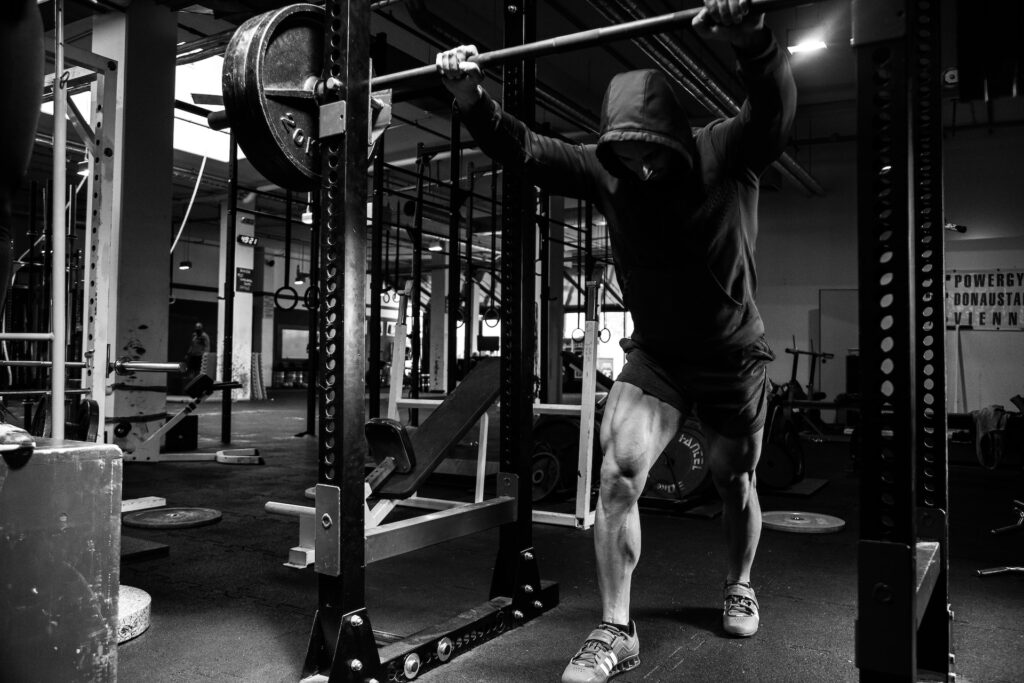
Photo by Alexander Redl on Unsplash
Method 2: Isolation lifts first
Although it makes sense to train the big lifts first (for the reasons above), we have to consider that your muscles need priming and preparation when moving into compound work. For some this may look like additional warm up sets prior to the first working set, whereas for others it may result in performing working sets of a single joint movement that targets to same muscle with a much lower level of fatigue accumulated.
A great example of this could see the leg extension being used prior to a squat pattern as it gets blood and movement flowing into both the quads and the knees. The leg extension isn’t particularly taxing and is also very stable making it an ideal candidate for a pre-fatigue or priming exercise. Even if performed to failure, the leg extension may not take as much away from a squat pattern as a squat pattern would take away from a leg extension as seen in method 1. The ability to perform both kinds of movement with excellent execution and quality must be considered when choosing.
Factors that may alter your choice:
Not everyone has the same style of hypertrophy programming as sets, reps, number of exercises, overall split and many other factors will differ. Due to this, consider the 4 factors below to help you decide.
Strength levels across your lifts: If your gym is limited with equipment & weight plates or only has access to machines then it is safe to assume that your ability to max out the movement is within reason. This may see you move from low rep ranges such as 6-10, up to rep ranges of 15-20 to ensure the movement can still allow you to reach failure. Performing those compound lifts towards the end of the session will allow some fatigue to set in and may result in you being able to drop back down to the lower rep ranges while still using the same weight.
Diminishing ability to contract: As your session progresses, the ability for your muscles to get into a fully contracted position will diminish, meaning you may need to reduce the working weight. The problem here is that the reduction in weight may not challenge the stretch portion of the lift depending on the movement’s resistance profile and the muscles strength curve. This may then see you place movements that emphasise the contraction at the start of the session, with movements that emphasise the stretch towards the end of the session.
Priority body parts: Most lifters will state a lagging body part when the reality is everywhere needs growth. There will be the odd occasion when a certain body part does need to go at the start to ensure you attack it when fresh. This then means better set quality, lower fatigue levels, potentially better exercise connection and continued progression. You must consider though if training body part X will affect training body part Y. For example, will prioritising the biceps impact your back work? If the answer is yes then they may benefit from being trained on different days, and if the answer is no, then continue to train them effectively.
Exercise stability/demands: The more muscles used, complexity of the movement, and demanding nature of the movement, the more you will need to warm up prior to going in. Once again, these warm-ups could be mobilisation work, or it could see working sets across multiple muscle groups being completed beforehand. This may see more prep work for a barbell squat as opposed to the hack squat due to the set path of motion and added safety of the machine not being present with the barbell.
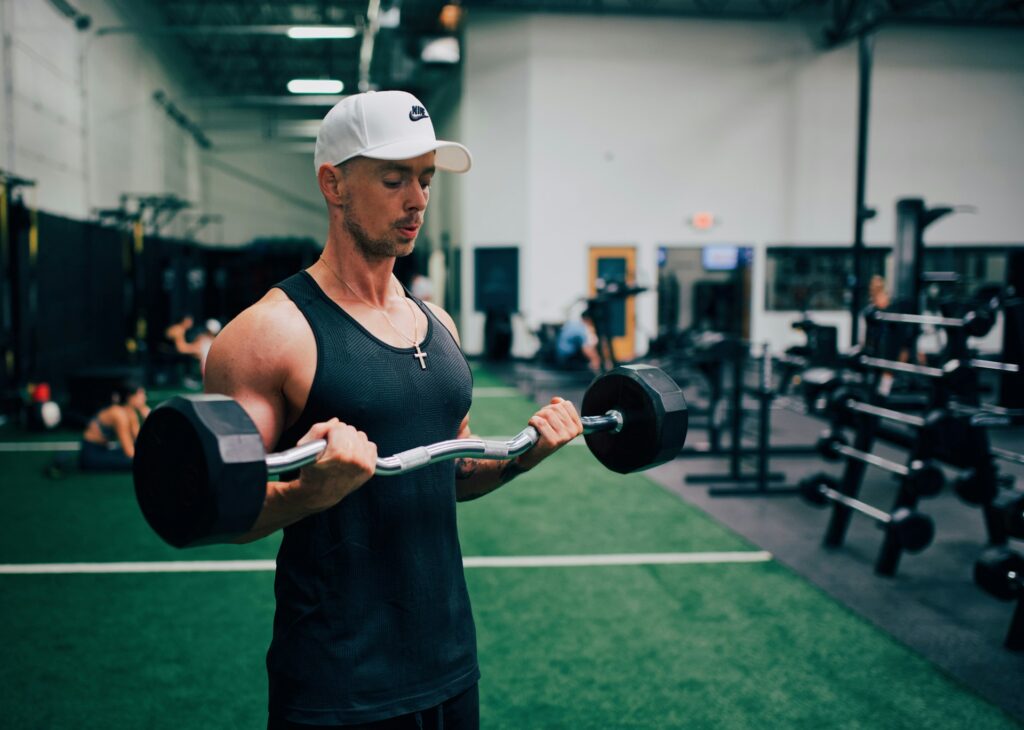
Photo by Gordon Cowie on Unsplash
Conclusion
Chose the option that benefits your exercise programming. Although enjoyment is a very big priority within training, you are training for results. Stay objective with your decision and go with what gets you to where you need to be. If you are someone that runs two sessions of the same muscle groups within a weekly cycle, then you can experiment with compound lifts first on session A and compounds second on session B. Ultimately the only thing that matters is what is going to cause enough stimulus for growth.
In my opinion, the option that will work best for the majority of lifters to get the biggest bang for their buck is usually some sort of priming work before a compound movement(s) followed by the remaining isolation work.
This may see a session look something along the lines of:
- Lying leg curls
- Pendulum squat
- Seated leg curl
- Leg extension
- Adductor machines
- Calf press
This allows all muscles groups to receive adequate stimulus while ensuring each muscle/joint is warm and ready to work. Planning the order of these sessions and considering the fatigue built on each exercise gives the opportunity for more output and a better run way for progression.
–
If you want to see more information on training and nutrition, see my latest Instagram posts at @the_biomechanics_coach. Or, if you are interested in exploring other areas of your training and becoming the best athlete you can be, what about reading my last post on Strength curves.

